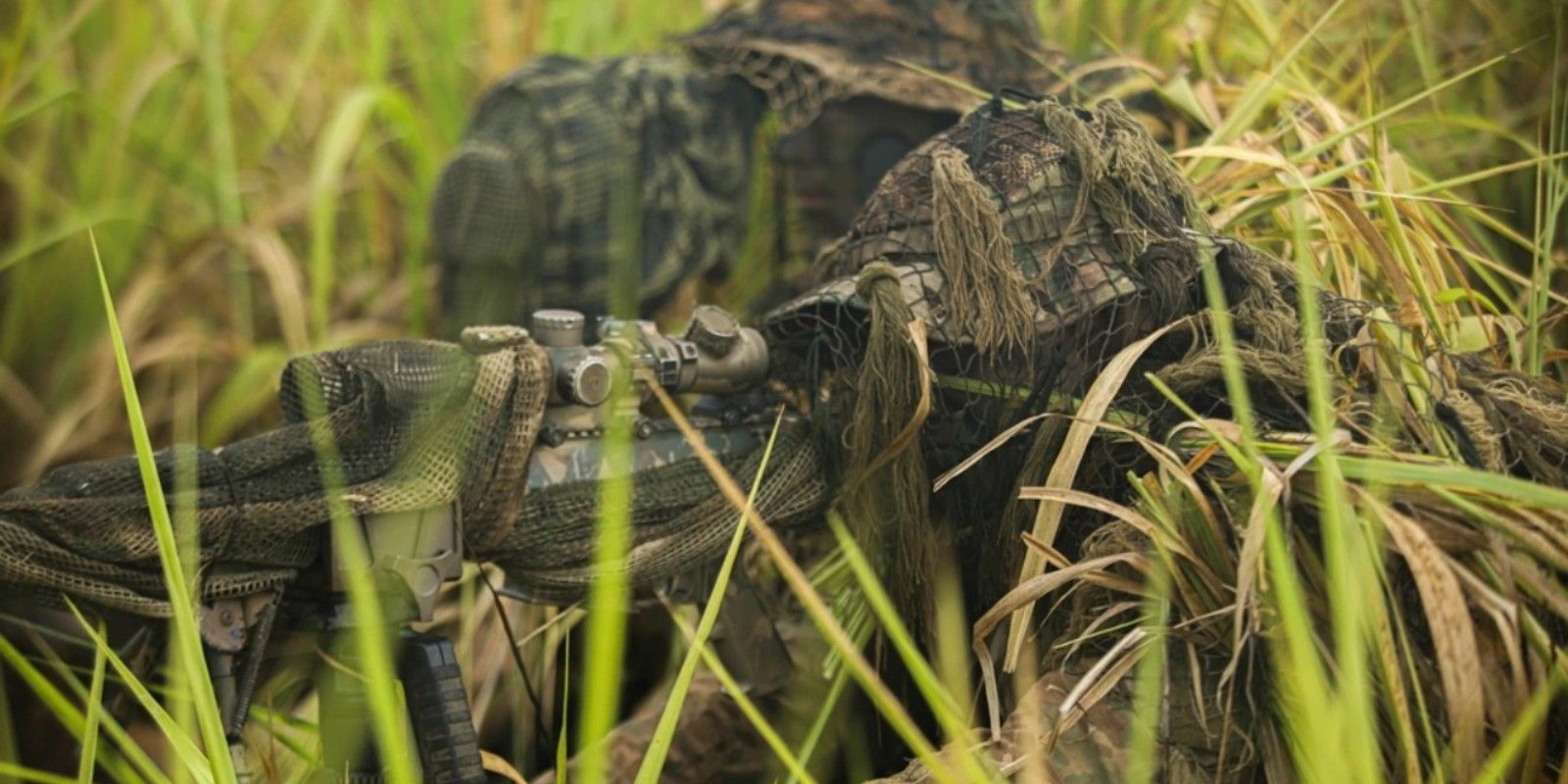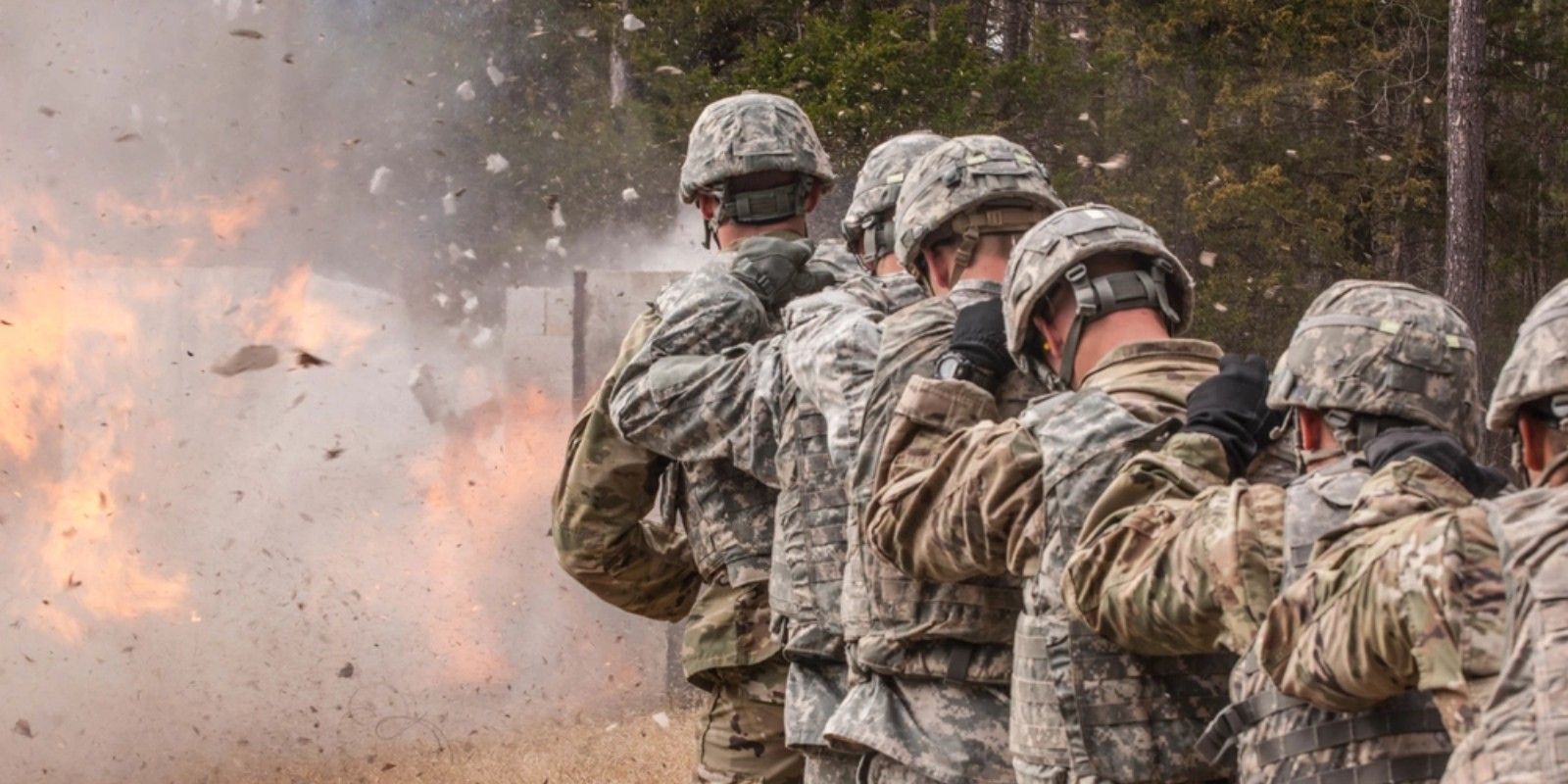U.S. ARMY CHEMICAL, BIOLOGICAL, RADIOLOGICAL AND NUCLEAR SCHOOL (USACBRNS)
The USACBRNS commandant/deputy commander for CBRN (DC-C) serves as the commandant and chief of Chemical and Joint Combat Developer. The commandant is responsible for ensuring that the vision for the CBRN profession and regiment is nested with and consistent with the CG’s and MSCoE. The commandant serves as the Chemical Branch proponent with primary responsibility for training, leader development, and personnel for the branch and works to integrate those into and across DOTMLPF concerns for the branch. The commandant focuses on the needs of the Chemical Force while teaming with the other commandants and the DtCG to recommend to the CG changes to doctrine, organizational and materiel solutions. Using military expertise, the commandant is responsible to the CG to exercise internal lead, in concert with the DtCG (in her dual-hatted CDID SES role), for development and integration of the following: CM force structure and capabilities development for homeland defense, CBRN passive defense and CBRN consequence management. The commandant may speak and brief on behalf of the CG for the same areas. The commandant has primary responsibility for the subordinate brigade — 3rd Chemical (CM) Brigade (BDE). The commandant is responsible for chemical surety but has a requirement for reporting through the center.
3rd Chemical Brigade
1. Soldier Training
- Initial Entry Training, or IET, transforms civilians into Soldiers through eight weeks of intense Basic Combat Training (BCT). This gender-integrated training is conducted by the 1st Battalion, 48th Infantry Regiment; the 2nd Battalion, 10th Infantry Regiment; and the 3rd Battalion, 10th Infantry Regiment to produce values-based, disciplined Soldiers who are trained in basic skills, warrior tasks and battle drills, and are fully prepared for Advanced Individual Training (AIT). New recruits learn the basics of soldiering, such as rifle marksmanship, patrolling operations, military operations in urban terrain (MOUT), drill and ceremony, and basic operations in a field environment. After its successful completion, Soldiers receive their military operational skill (MOS) training through attendance at the AIT course where they learn the technical skills required of their MOS, while at the same time applying warrior skills.
- Chemical Advanced Individual Training, or AIT: The USACBRNS produces CBRN-trained Soldiers for the Army through a 10-week AIT program that provides the foundation that will allow these Soldiers to immediately contribute to their first unit of assignment. The 84th Chemical Battalion is the gateway for all CBRN Soldiers entering the Army. The battalion produces technically and tactically proficient Soldiers proficient in the fundamentals of Chemical, Biological, Radiological and Nuclear operations. The training includes initial instruction on a variety of CBRN systems in the Army inventory, to include: the Stryker NBCRV (Nuclear, Radiological, Chemical Reconnaissance Vehicle); the Fox Reconnaissance Vehicle; the BIDS (Biological Identification Detection System); various smoke-generating devices; and various decontamination systems and procedures.
- Transportation AIT: The USASCBRNS produces Soldiers not only for the Chemical Corps but also for the Transportation Corps. The 58th Transportation Battalion receives basic training graduates from across the Army, who are designated to become transportation Soldiers, and provides the training necessary to produce motor transport operators capable of driving 5-ton tactical vehicles, petroleum supply vehicles and over-the-road semitrailers
2. Leader Training
- CBRN officers and noncommissioned officers (NCOs) attend basic, advanced and specialty CBRN training at Fort Leonard Wood. Instruction focuses on warfare tactics, leadership, combined arms and joint operations, and operations in a CBRN-contaminated environment. International officers from more than 80 countries participate in the leader training programs here at the CBRN school.
3. Specialty Training
- The Civil Support Skills Course is an eight-week course that provides the individual training and certification to be a member of a National Guard Civil Support Team — Weapons of Mass Destruction (CST-WMD) or other CBRN response team. The course familiarizes and trains students in military and commercial detection, sampling, decontamination equipment, and operations tactics, techniques and procedures. The course provides the students with additional specialty training in chemistry and surveying operations using the gas chromatograph and mass spectrometer and Fourier Transform InfraRed (FTIR) for hazmat identification (laboratory systems). Additionally, students graduate with nationally recognized International Fire Service Accreditation Congress (IFSAC) certification at the awareness, operations and technician levels.
- CBRN Responder and Mass Casualty Decontamination: Domestic Response/Casualty Decontamination (DRCD) training is designed to teach CBRN personnel the skills and techniques for CBRN response, to include DOD certification as a hazardous materials (hazmat) technician and casualty decontamination missions. The mission of the CBRN responder and casualty decontamination teams is to assist local and state response assets in locating hazmat contamination and providing casualty decontamination to the civilian populace. The CBRN responder course is a two-week course while the mass casualty decontamination course is nine days in length.
- CBRN Reconnaissance Course: The six-week, two-day multiservice training course teaches Soldiers how to operate the M93A1 Fox Nuclear and Chemical Reconnaissance Vehicle. The 10-week course will teach the operator duties of a Nuclear, Biological and Chemical Reconnaissance Vehicle (NBCRV). These courses will focus on the detection, identification, marking and reporting of CBRN hazards on the battlefield.
- Biological Integrated Detection System (BIDS) Operators Course: This course trains DOD military and civilian personnel on the operation and employment of the M31A1 Biological Integrated Detection System (BIDS). The four-week, one-day course trains CBRN Soldiers in biological identification and detection principles and procedures on the modern battlefield. The Joint Biological Point Detection System (JBPDS) course trains for two weeks, three days on the automated detection, identification, collection and notification system for biological warfare agents (BWA).
- Radiological Safety training: The Radiological Laboratory provides courses on radiological safety, radiological equipment calibration and tactical radiation defense.
- The Joint Senior Leaders Course (JSLC) (CBRN) provides a solid foundation on which DOD senior leaders and flag officers can establish CBRN readiness programs. The JSLC is focused on the operational and strategic level of military and homeland CBRN defense and response operations. Instruction includes special topics presented by experts in the chemical, biological and nuclear defense community, as well as toxic chemical agent training at the Chemical Defense Training Facility.
4. Reserve Component Training
- The USACBRNS 3rd Chemical Brigade provides Initial Military Training (IMT) for all CBRN Soldiers in the United States Army Reserve and National Guard. Noncommissioned Officer Educations System (NCOES) and MOS-Transition (MOS-T) institutional training for reserve component Soldiers is instructed by the Army Reserve Chemical Total Army School System (TASS) 3rd Chemical Brigade/102nd Training Division throughout the year. The Reserve Component CBRN Captains Career Course (RC-CMC3) is offered twice each training year by the USACBRNS Drilling Individual Mobilization Augmentees (DIMA) cadre. Under the One Army School System (OASS), the NCOES, MOS-T and RC-CMC3 courses will be available for Soldiers of all components.
5. Facilities
- The USACBRNS training facilities are the finest of their kind in the world. Soldiers from all services, including allies from more than 80 countries, train at these state-of-the-art facilities, including the Chemical Defense Training Facility (CDTF), Chemical Applied Training Facility (CATF), the Edwin R. Bradley Radiological Laboratory, and the FOX and BIDS simulation centers.
- The CDTF uses toxic chemical agent to train military, DOD civilian and foreign CBRN specialists on operations in a toxic chemical environment. This training demonstrates the reliability of U.S. chemical protective and decontamination equipment, which builds confidence and helps CBRN warfare specialists overcome fear of operating in chemically contaminated environments. The Fort Leonard Wood CDTF continues the tradition begun by the CDTF at Fort McClellan, Alabama. Since 1987, the two facilities have trained over 75,000 students from all services and 26 foreign countries while maintaining a perfect safety record.
- The CATF centralizes the classroom and hands-on instruction for decontamination operations. This facility boasts a variety of decontamination equipment and vehicles used by all armed services to practice decontamination techniques. CBRN specialists learn the basics of how to properly maintain and decontaminate equipment and personnel in a contaminated environment.
- The Edwin R. Bradley Radiological Laboratory is a unique training facility and holds a license from the Nuclear Regulatory Commission. This facility is the only one in the Army that qualifies individuals in Installation Radiological Protection, Control and Safety, a program that includes maintenance, storage and calibration of radiation indication and computation instruments and radioactive material in installation shops and warehouses.
- The CBRN Reconnaissance Training Facility, or Fox’s Den, is used to conduct crew drills for Fox operators. The facility now showcases the latest computer simulation and modeling, a capability to interact with similar facilities located at the Armor and Infantry Schools, and the ability to conduct complete missions in a computer-generated National Training Center scenario.
- The BIDS Training Facility exemplifies major advances in the last five years in our nation’s ability to detect and identify biological agents and attacks. Training in this facility allows instructors to observe, hear and tape all operations conducted during simulate agent detection using state-of-the-art computer simulators, workstations and communications systems all designed to ensure that our Soldiers receive the most realistic training and evaluation possible.
- The Lt. Terry facility was designed to provide state-of-the-art training for National Guard CST-WMD teams, U.S. Army USACBRNS units with the domestic homeland response mission, DOD emergency response teams, technical escort operations and the Special Forces Chemical Reconnaissance Detachment training. The joint training facility includes CBRN-WMD first-responder individual and certification training and was named in honor of 1st Lt. Joseph Terry.
- The Chemical Corps Museum is part of the MSCoE tri-museum complex. The museum features thousands of artifacts, state-of-the-art exhibits and immersion dioramas. Visitors can follow the history of the Chemical Corps from its organization during World War I to the present day.
SHARE:
TAGS:
JOIN OUR NEWSLETTER
Get the latest news and military discounts



